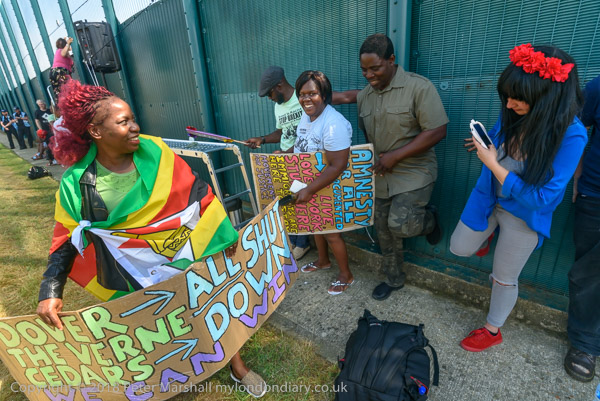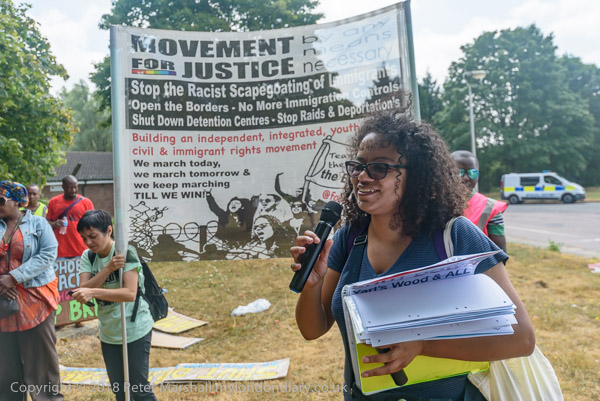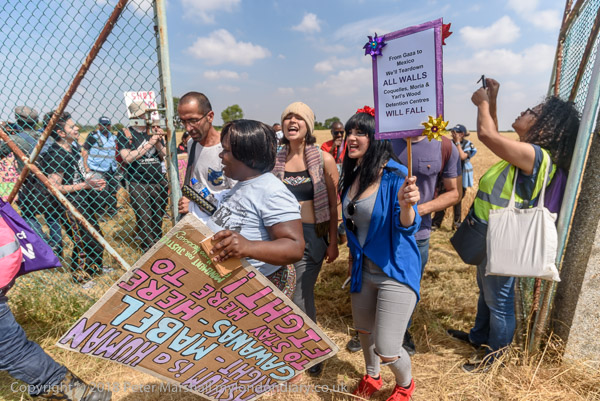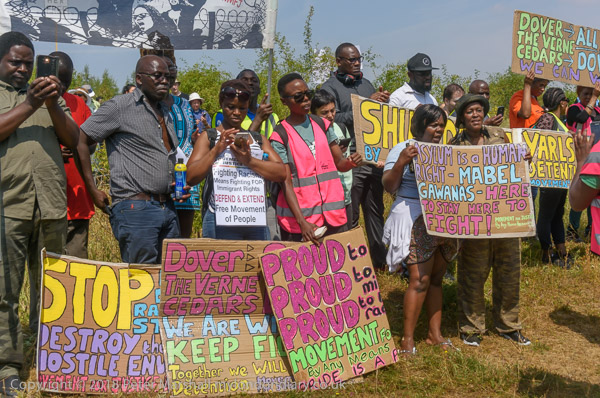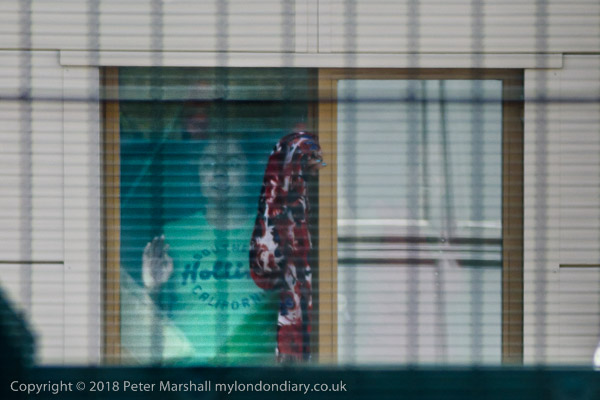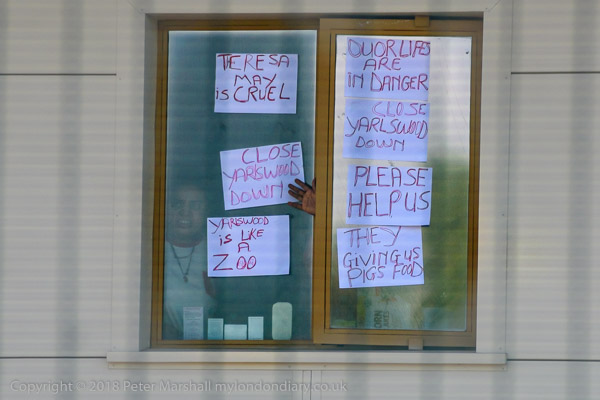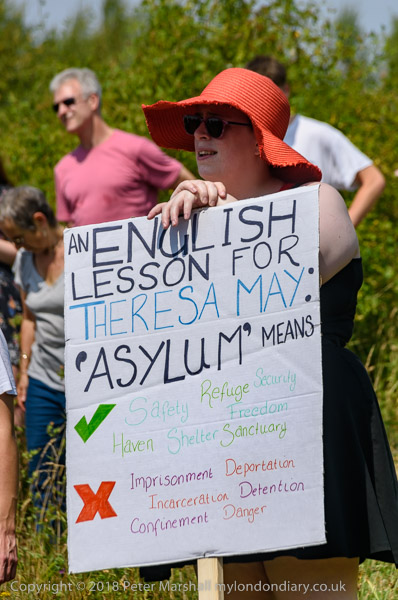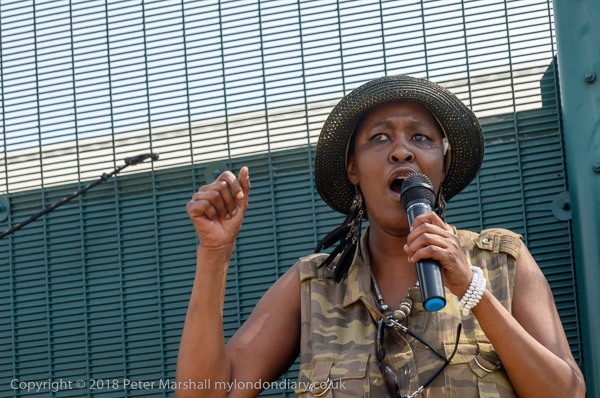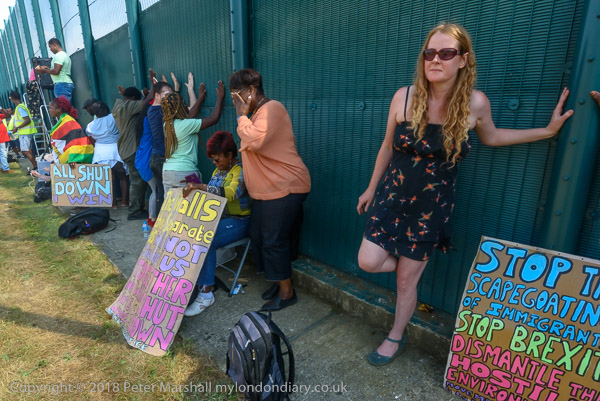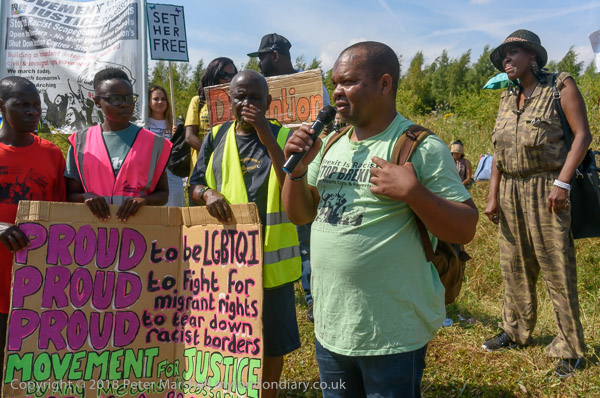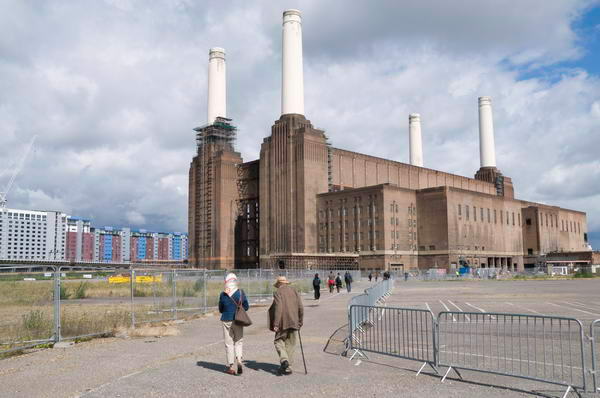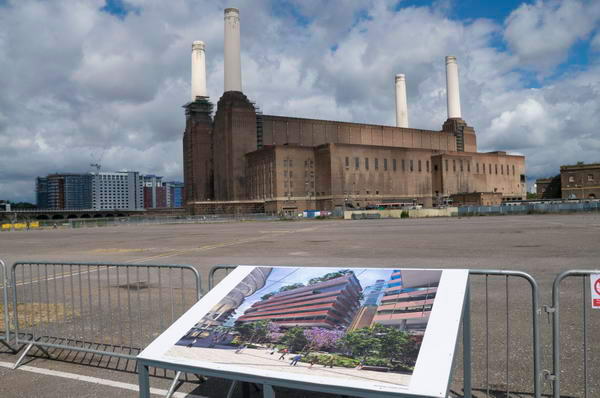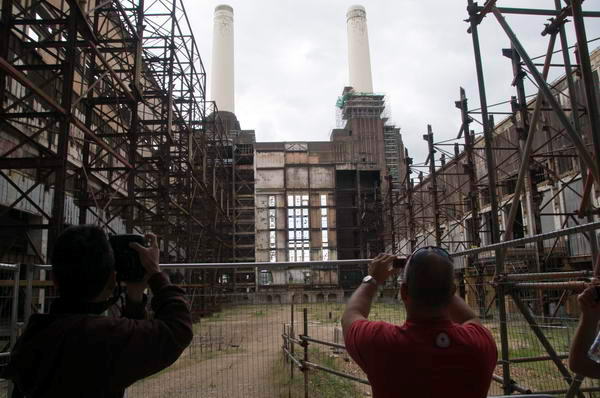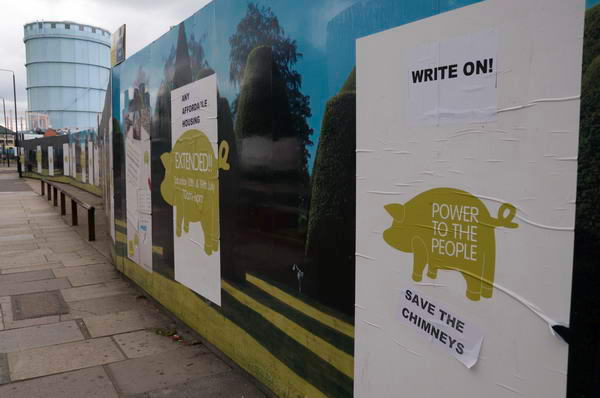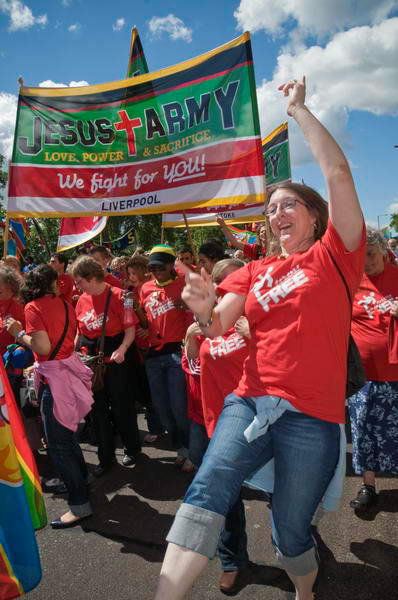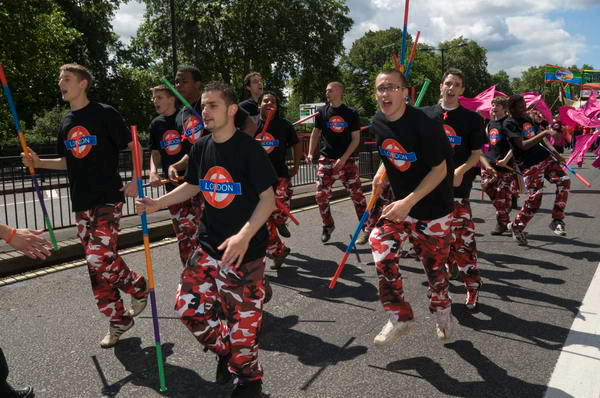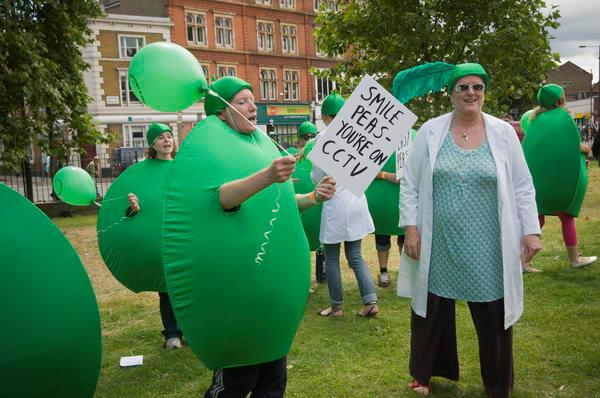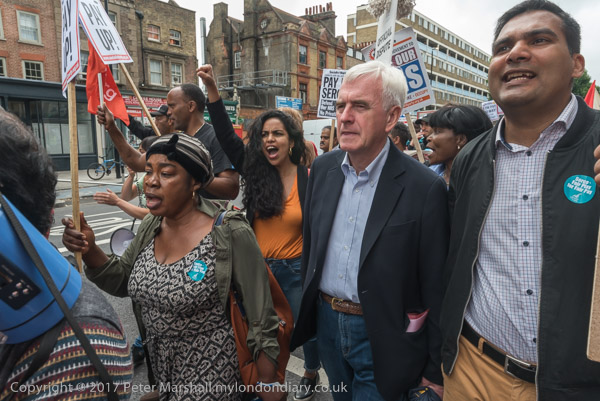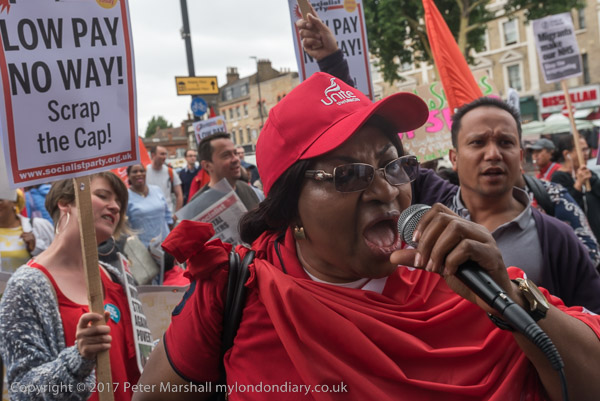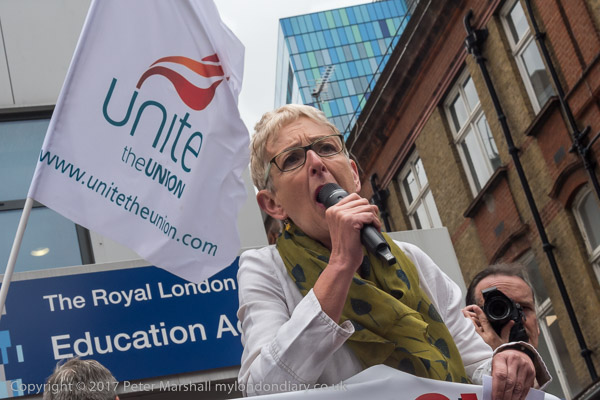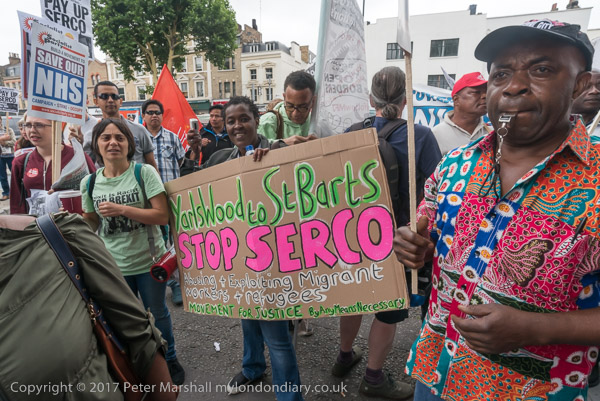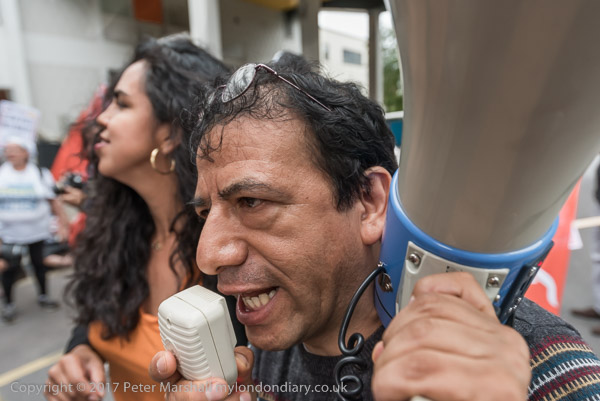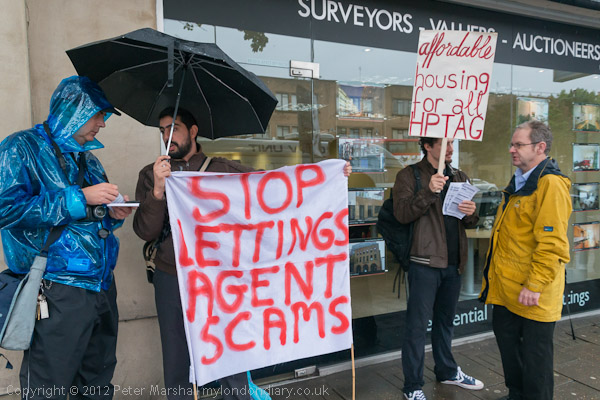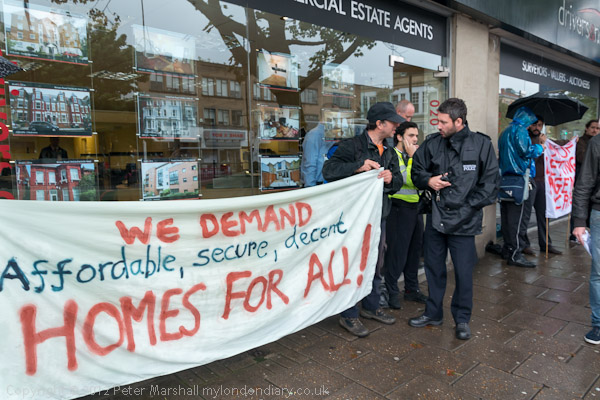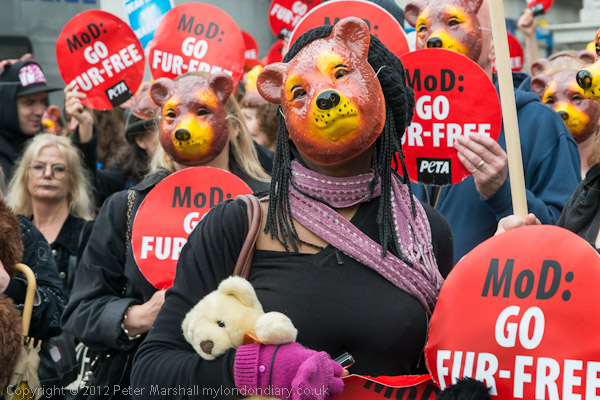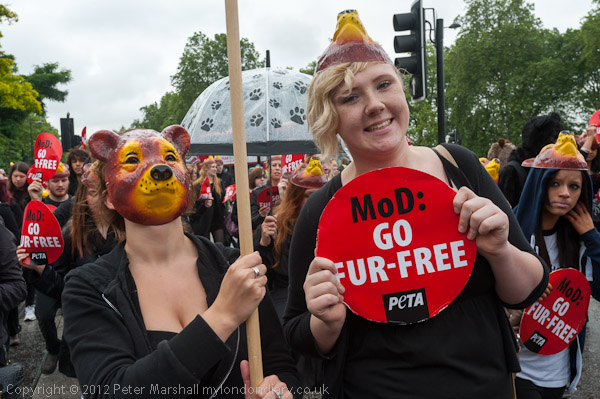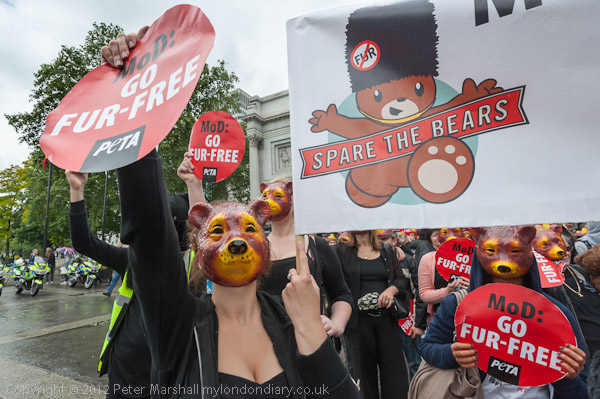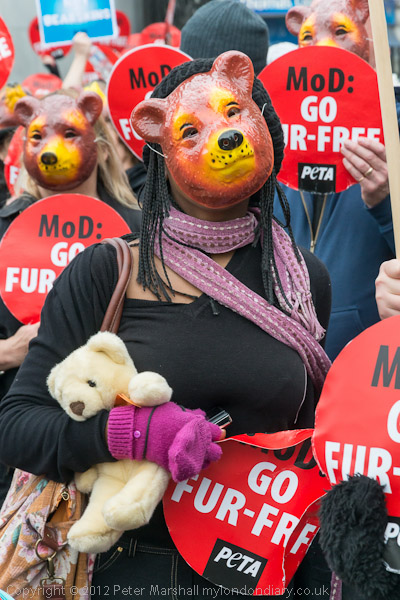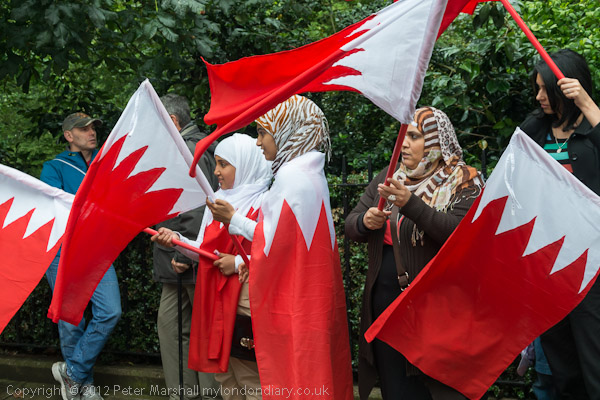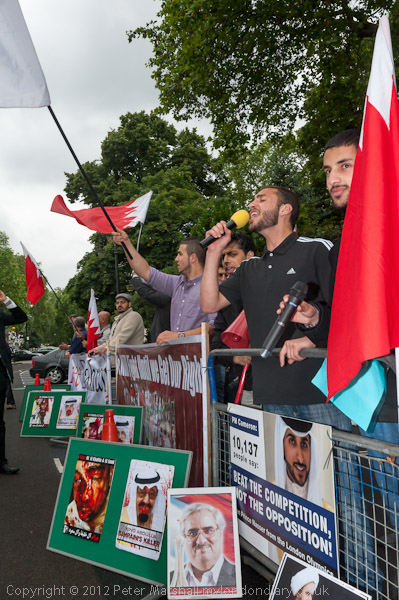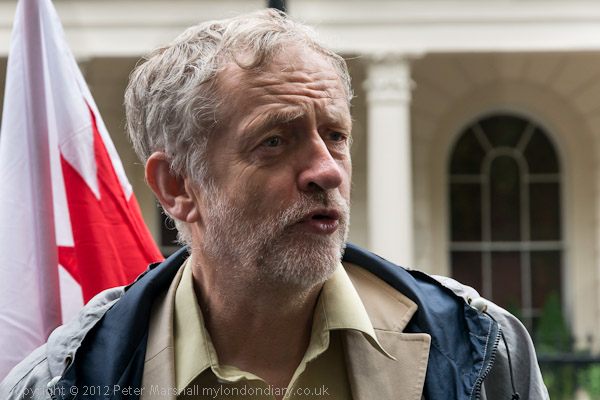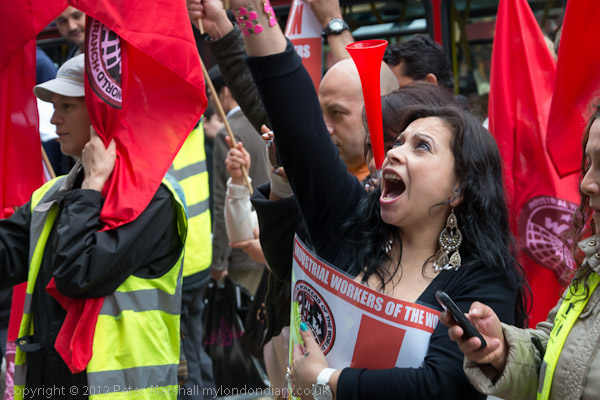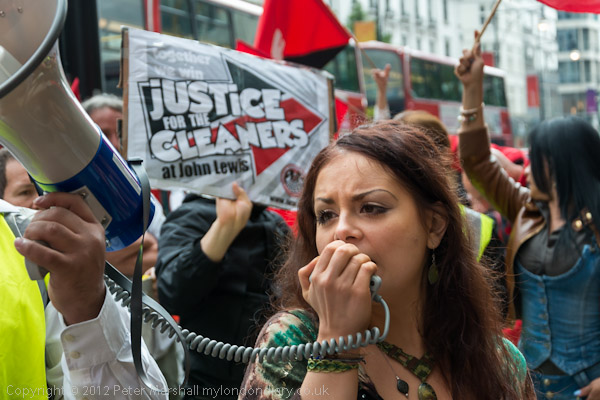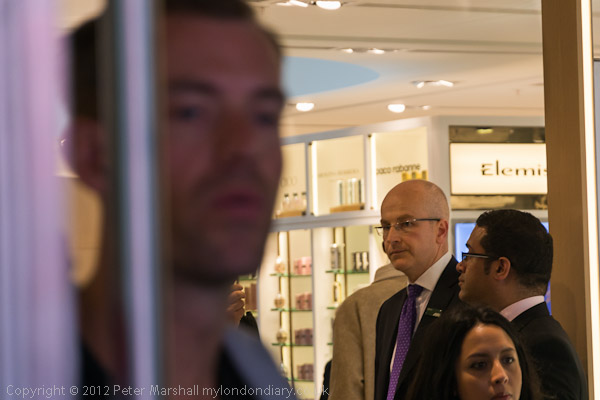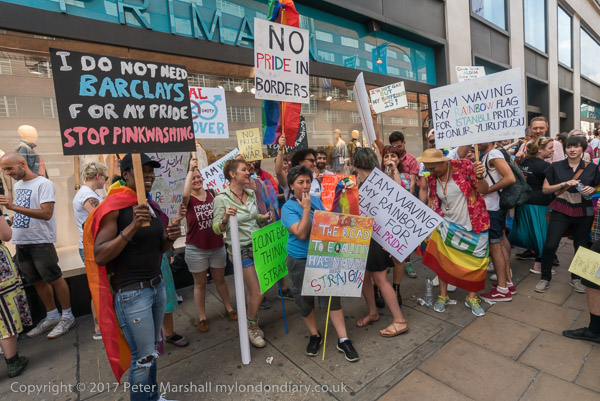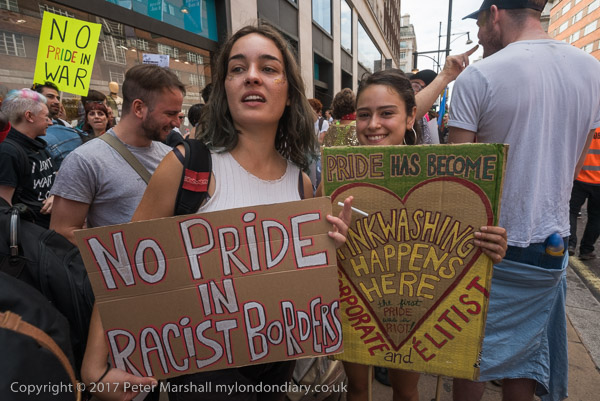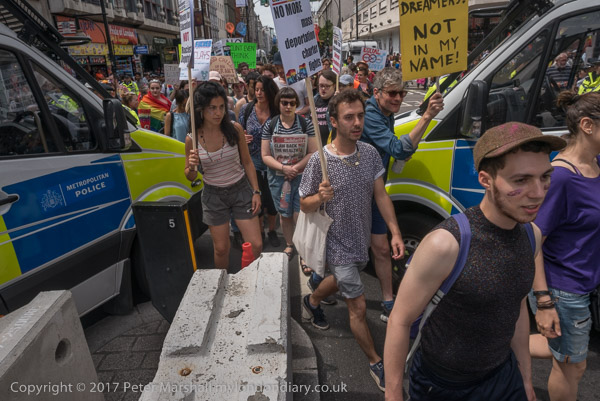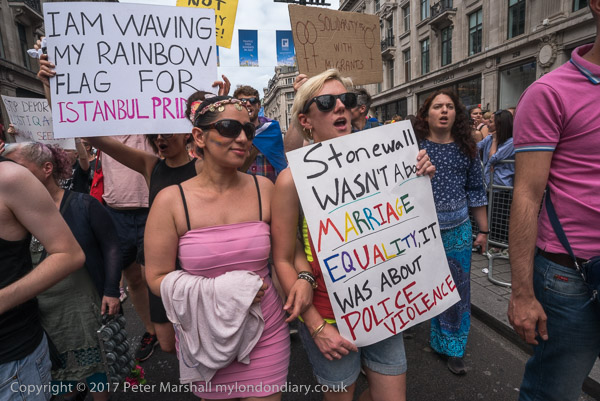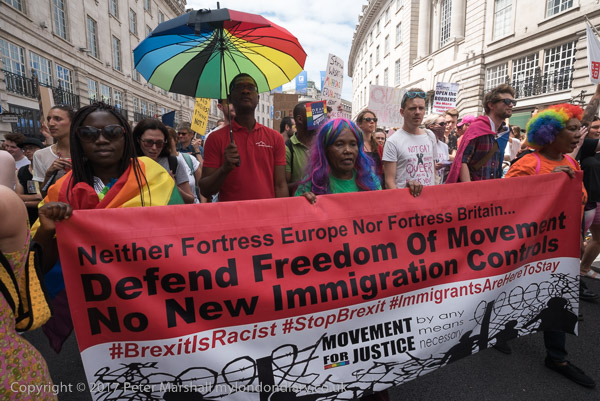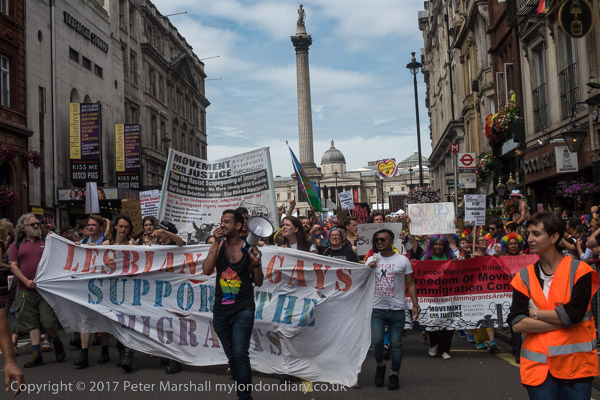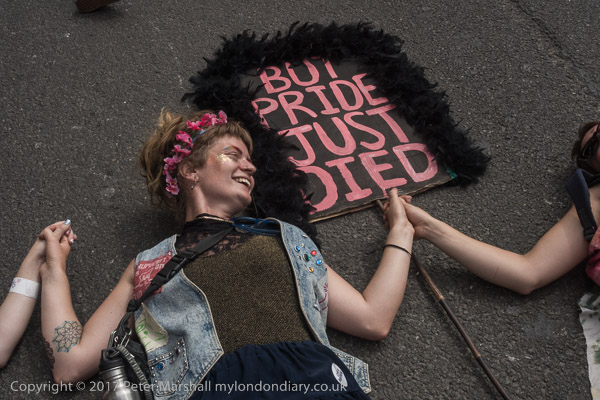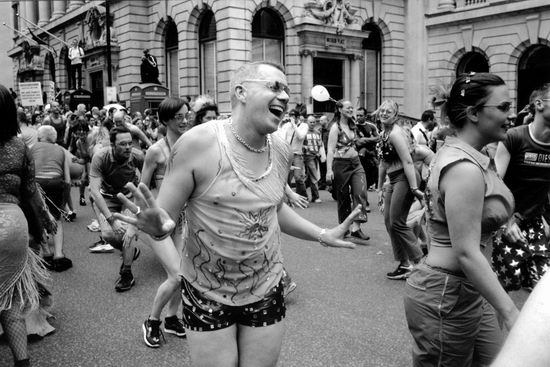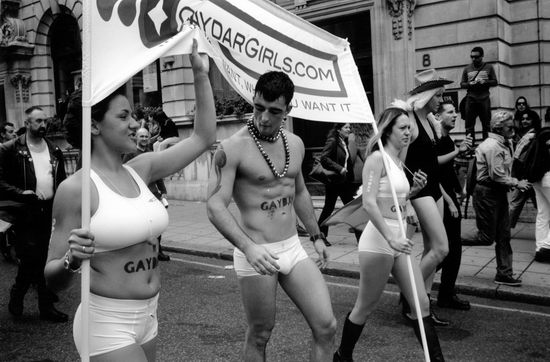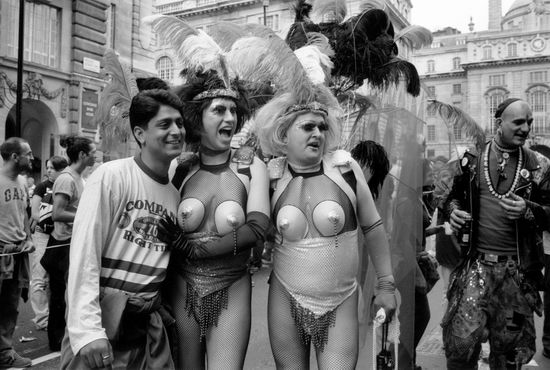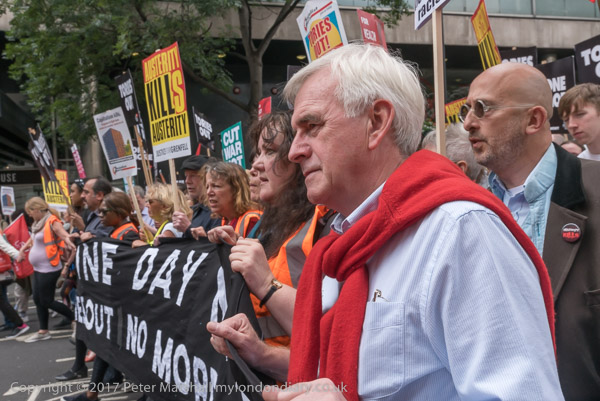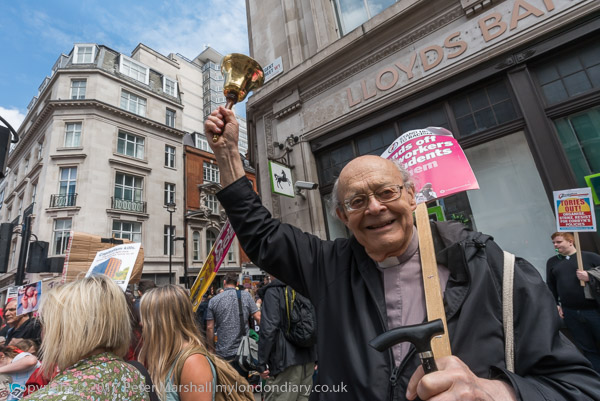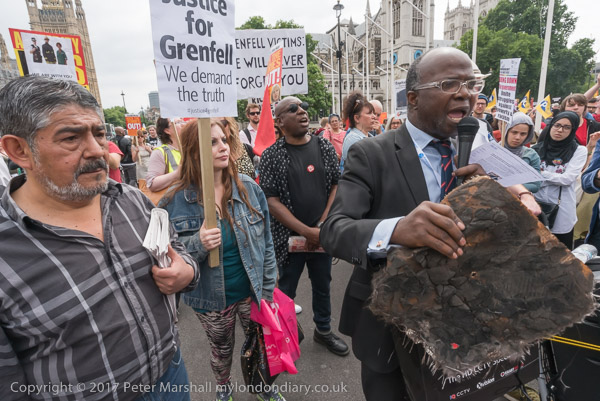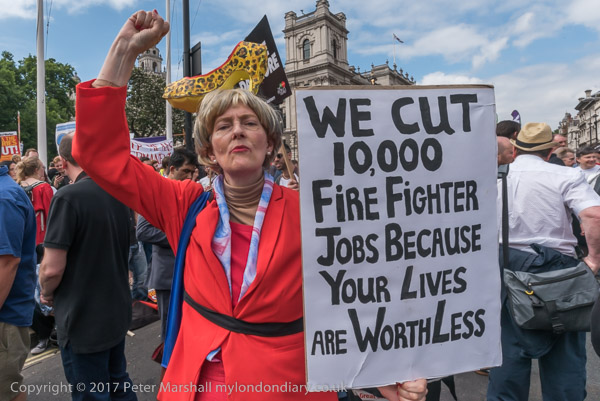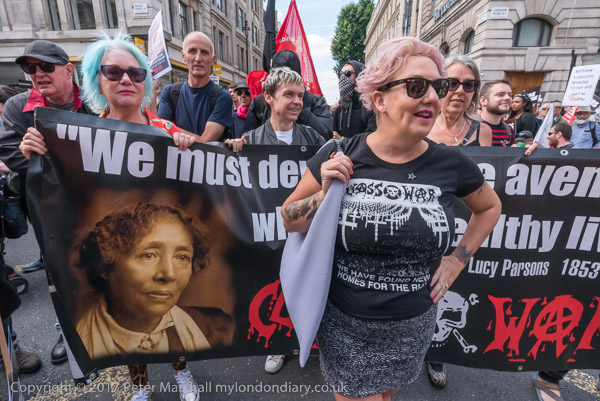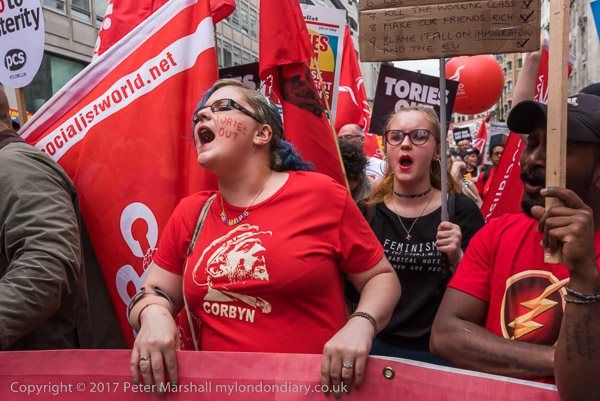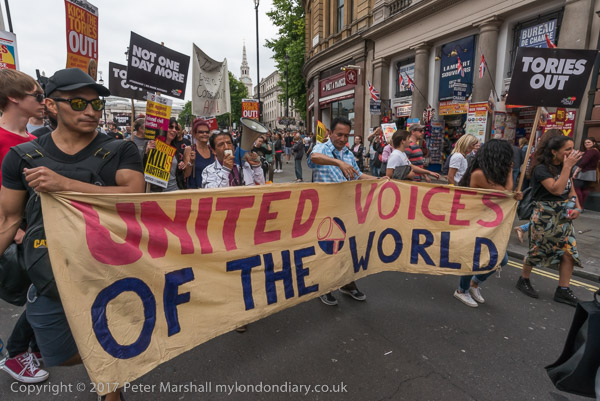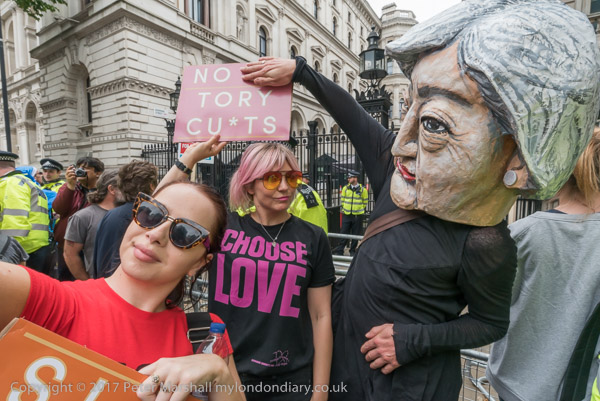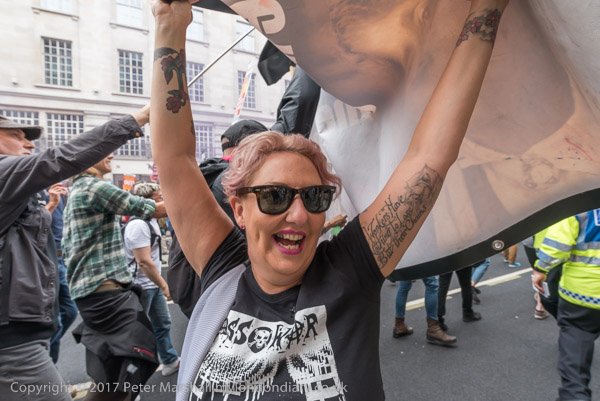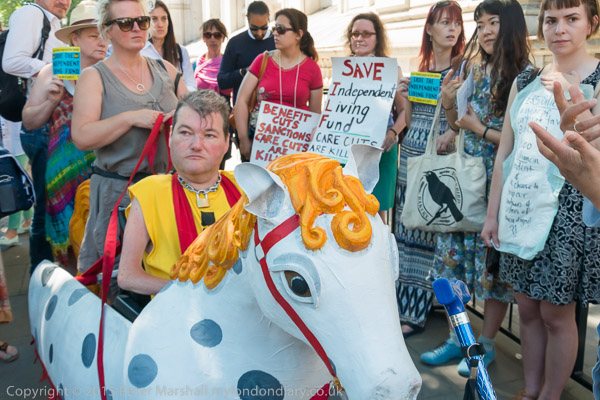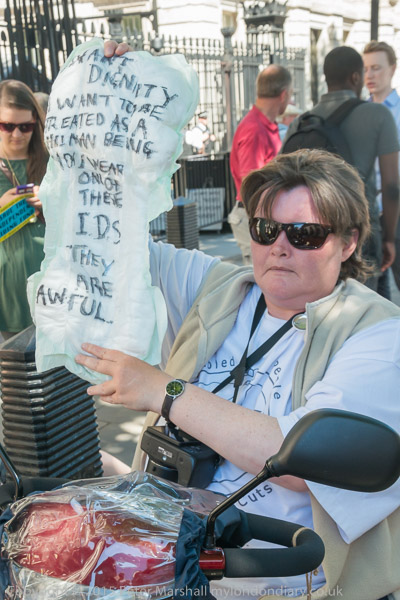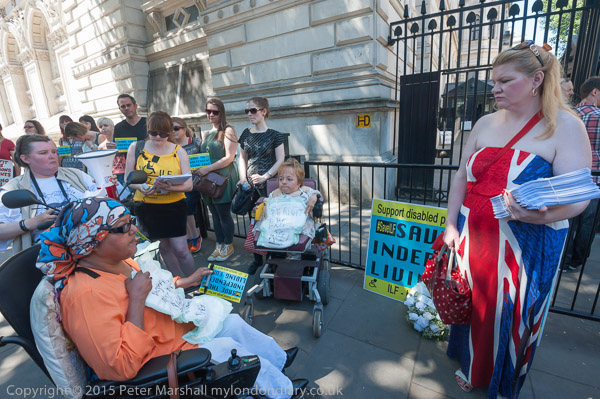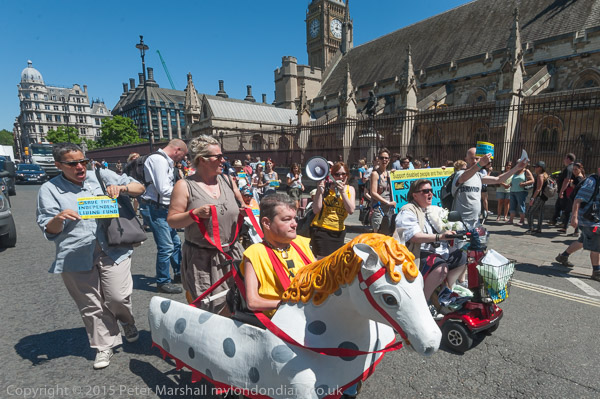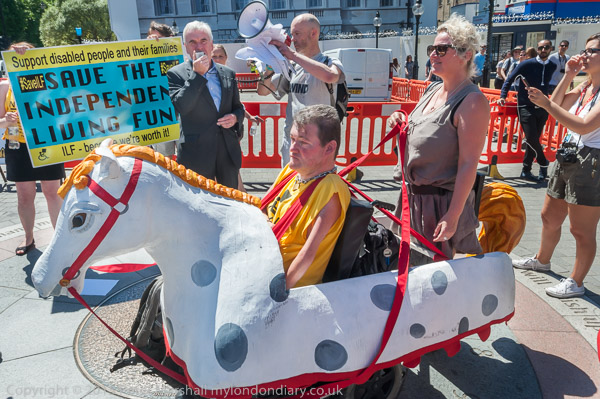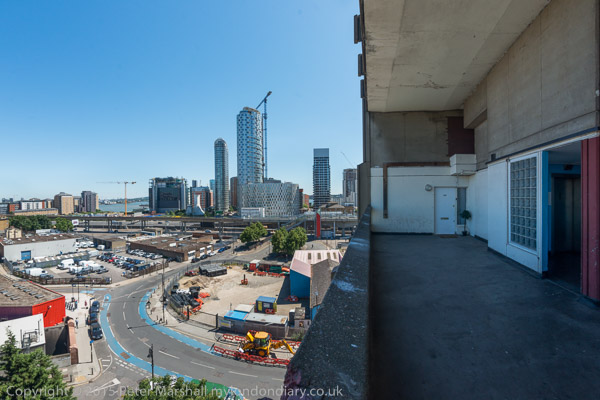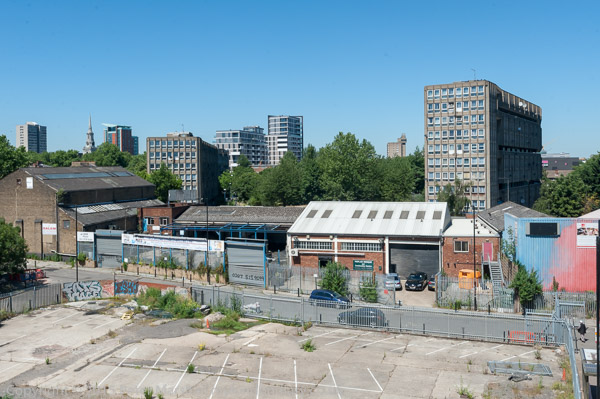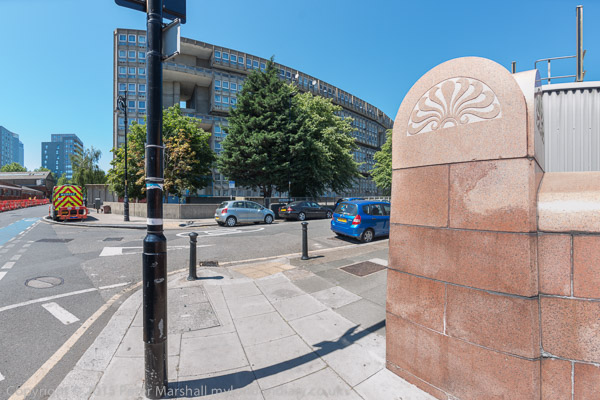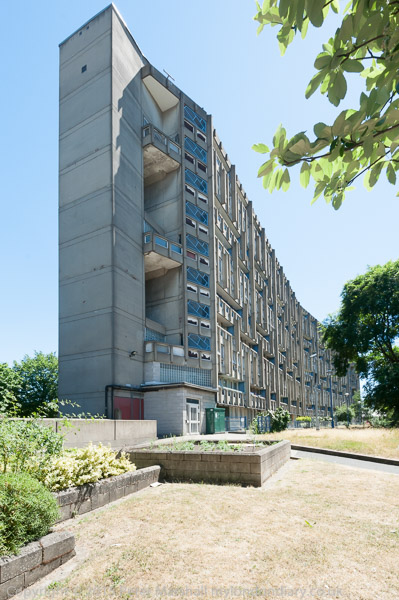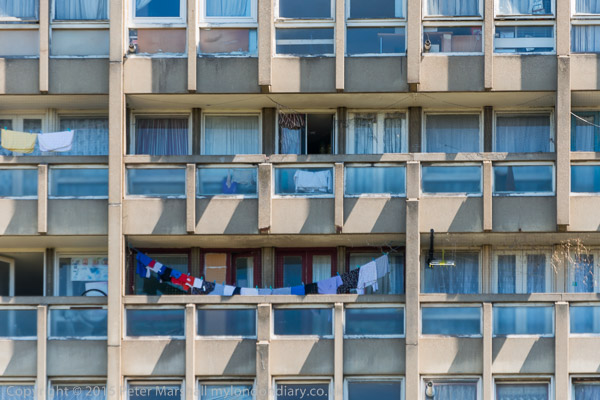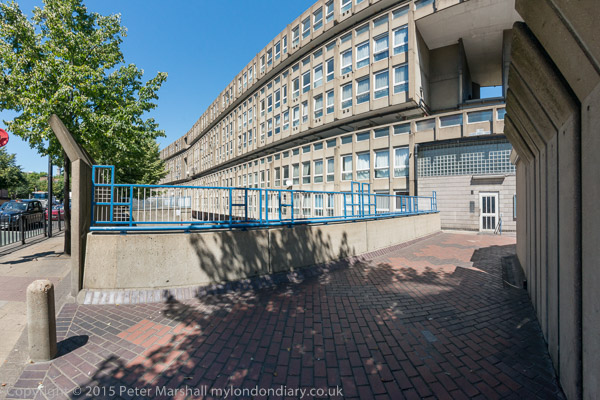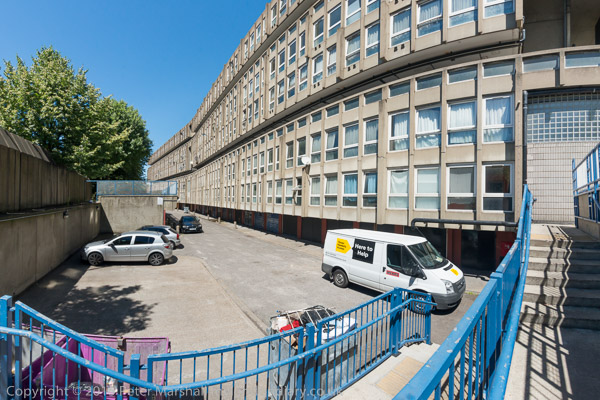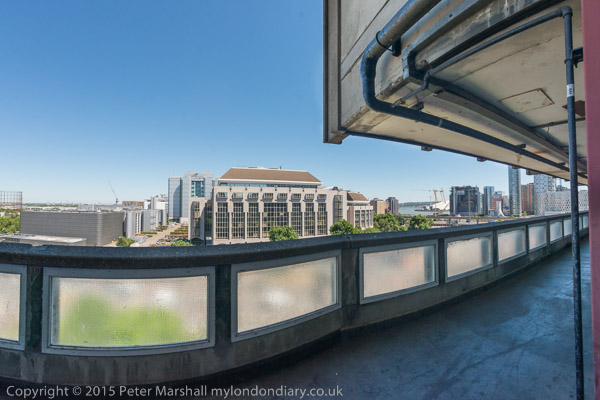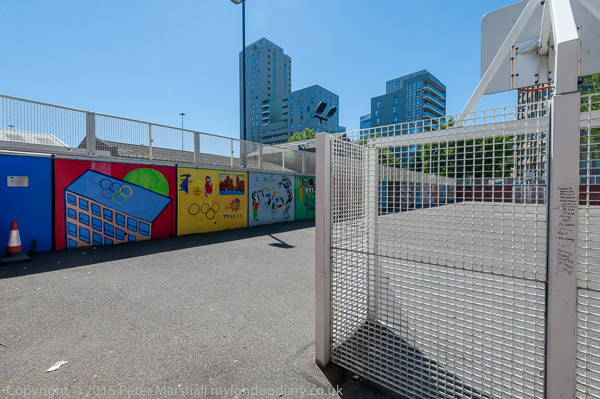Al Quds Day March in London: International Quds Day is an annual event at the end of the Islamic holy month of Ramadan which expresses support for Palestinians and oppose Israel and Zionism. In particular it is a protest against the Israeli occupation of East Jerusalem – al-Quds in Arabic.

A peaceful Al Quds march has taken place every year in London for over 40 years and the organisers describe it as having a “family atmosphere with demonstrators coming from all walks of life. Christians, Jews, Muslims, people of other faiths and none all march in common cause side by side.”
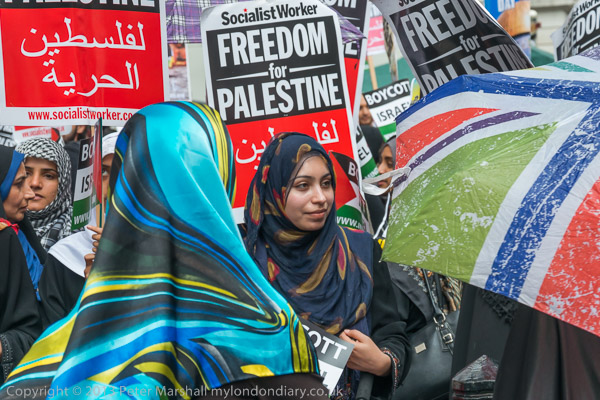
This is largely true, but the march in London attracts counter-protests from Zionists and others (including Iranian freedom, communist and royalist movements and UK right wing fringe groups), which have sometimes led to confrontations and delays and increased security with some marchers becoming mistrustful of photographers.

It has at times been a difficult event for me to cover in the close way I like work. Many of my pictures are made with wide angle or extreme wide angle lenses, 28mm or less focal length down to fisheye, working inside or on the edge of crowds. I want to be close to people, if not within touching distance, seldom more than a couple of metres away to give greater interaction and immediacy.
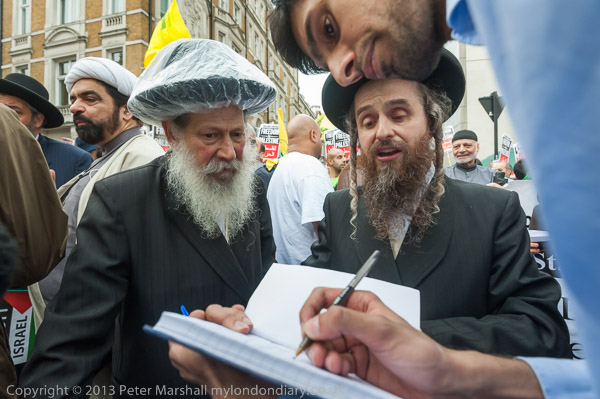
The Quds Day march and rally in 2025 was on Sunday 23rd March, but chaotic rail services that day prevented me from covering it, though I had photographed a pro-Palestine rally close to the Israeli Embassy the previous day. The organisers pointed out that it was taking place “amid an ongoing genocide in Gaza where Israeli forces have slaughtered 50,000 civilians in Gaza, most of them women and children. At the same time armed colonial settlers and troops are running rampage in the occupied West Bank, invading, looting and attacking Palestinian towns and villages with the international community turning a blind eye or actively complicit in the slaughter.”

Back in 2014, the situation in Gaza was dire. As UNRWA states, “During the 50 days of hostilities lasting from 8 July until 26 August 2014, 2,251 Palestinians were killed; 1,462 of them are believed to be civilians, including 551 children and 299 women. 66 Israeli soldiers and five civilians, including one child, were also killed. Overall, 11,231 Palestinians were injured during the conflict, including 3,540 women and 3,436 children.”

83 schools and 10 health centres were damaged, over 12,600 homes were totally destroyed and there was “a massive displacement crisis in Gaza, with almost 500,000 persons internally displaced at its peak.” The “scale of human loss, destruction, devastation and displacement caused by the 2014 conflict in Gaza – the third within seven years – was catastrophic, unprecedented and unparalleled in Gaza.”

But of course Gaza is now experiencing something far worse – and humanitarian agencies including UNWRA are being prevented by Israel from supporting the people and supplies of food and other necessities are largely being blocked. Inadequate amounts are brought in by the so-called “Gaza Humanitarian Foundation” and people desperate to get it are being shot by the Israeli Defence Forces.

Of course we all know this npw – even though the Israeli government has tried to hide it by preventing international journalists from entering Gaza – and also systematically targeting the Palestinians who are able to report. An article in Modern Times Review on July 15, 2025 quoted the Cost of War project as stating “more journalists have been killed in Gaza in the past 18 months than were killed in the U.S. Civil War, World War I, World War II, the Korean War, Vietnam, and Afghanistan combined.” Early in July the number killed in Gaza had risen to 226.
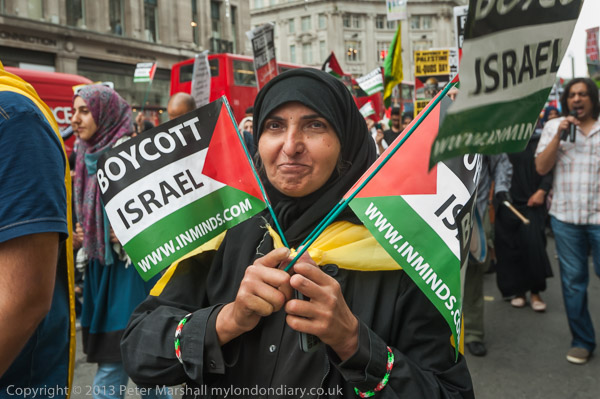
On 24th July 2014, the march began close to the BBC and went to a rally outside the US Embassy, then still in Grosvenor Square. It was covered by several foreign media organisations but – as with most UK demonstrations – willfully ignored by the BBC.

Protesters called for a boycott of Israel and an end to the occupation of Palestine as well as an end to the attacks on Gaza.

On My London Diary I give a list of the organisations supporting the march – and there is a rather longer list of those supporting the 2025 march. One of the major organisations in both is the Innovative Minds Human Rights Group (InMinds). Founded in 1997 and alleged to have links to the Iranian Islamic Republic it has held regular protests in London against companies supporting the Israeli military, against the arbitrary detention of Palestinians, the torture and imprisonment of Palestinian children and calling for an end to apartheid in Israel.
In the pictures you will see many flags and posters from Inminds – and also a few images of Ayatollah Khomeini who started the celebration of Al Quds Day in Iran in 1979 as well as the current Supreme Leader of Iran, Ali Khamenei.

Also standing out in my pictures are the ultra-orthodox anti-Zionist Neturei Karta Jews who state clearly their belief that Judaism is a religion and not a state, and “Judaism rejects the Zionist state And condemns its ATROCITIES”
One contentious issue in 2014 was over the carrying of flags of the Lebanese Shia Islamist political party and paramilitary group Hezbollah. In 2014 the political party, which was part of the government of Lebanon had not been proscribed and it was only illegal to carry it if there was other evidence to show support of the proscribed terrorist group. I was looking for these flags but only found a very few to photograph.

As the march made its way down Regent Street there were shouts against it from an upper floor window and vegetables were thrown down at the marchers who shouted back angrily. The march organisers asked police to investigate and urged to people to march on.
I left the march well before it reached the US Embassy and saw no other protests against the march. You can see more pictures from the march on My London Diary at Al Quds Day march for Jerusalem.
Flickr – Facebook – My London Diary – Hull Photos – Lea Valley – Paris
London’s Industrial Heritage – London Photos
All photographs on this page are copyright © Peter Marshall.
Contact me to buy prints or licence to reproduce.














